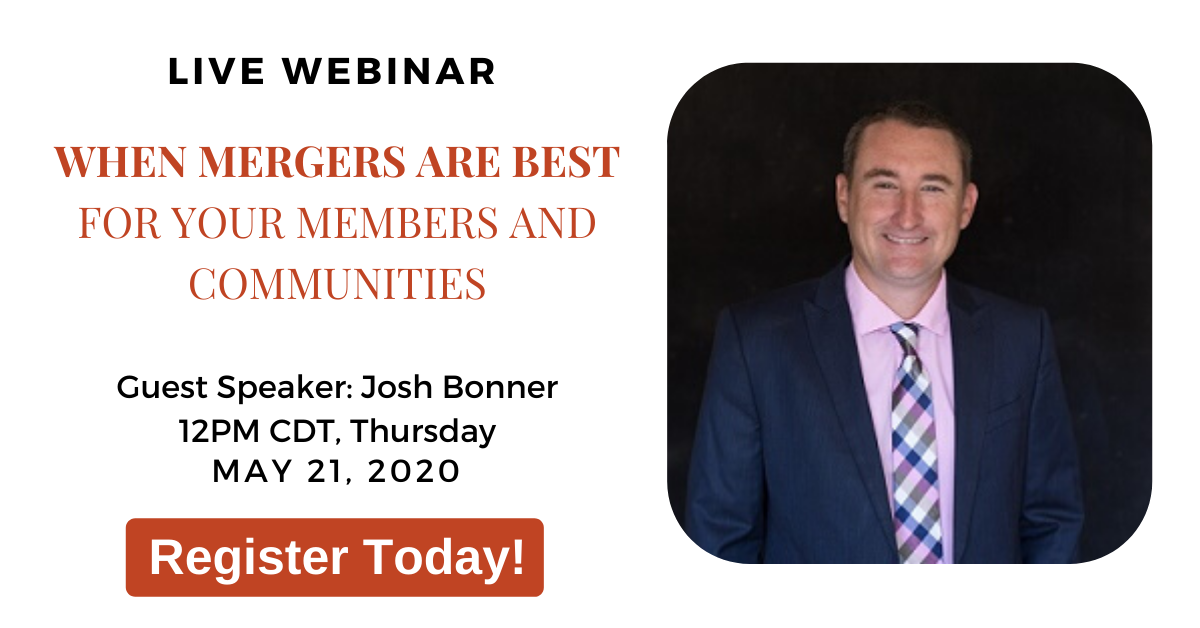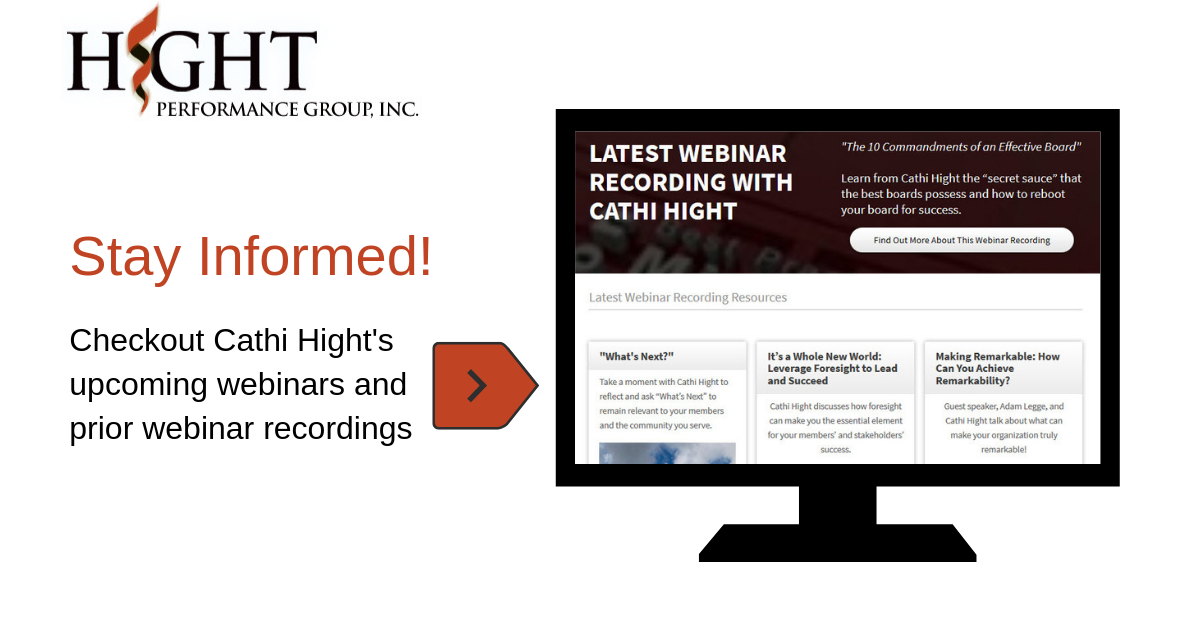“The coronavirus crisis, like every crisis, is unfolding over an arc of time with a beginning, middle, and end. It is useful to think what distinguishes what was, is, and will be. There was a past of relative stability and predictability. There now is chaos and disruption. There will be . . . a different state. As the future unfolds, some organizations will be resilient. For others, this future will be catastrophic. The actions of executives and their teams now, in the midst of this crisis, will significantly determine their fate.” ~Eric J. McNulty and Leonard Marcus, Are You Leading Through the Crisis . . . or Managing the Response
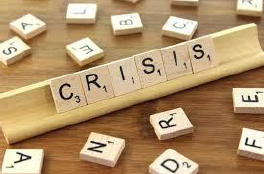
Two months ago, the stock market was at an all time high and you had events planned back-to-back for months ahead. Now, there is a sense of panic everywhere we turn. Small businesses are closing, families are sheltering in place, and millions of people have lost their jobs. And all of us started to experience the Fight, Flight or Freeze response to stress.
Being a leader when things are humming along is like riding a bike on smooth and flat pavement. Crises like this one where the end of the tunnel is not defined require a different skill set.
Eric J. McNulty, associate director of the National Prepardeness Leadership Institute, shares what is needed for crises that persist over a long period of time. Leading through the COVID-19 crisis will require planning, clear communication and empathy, and forging a “new normal” will fall on the shoulders of those that lead. McNulty notes four important lessons learned from leading during long crises:
1. Spend your currency wisely — The two most important currencies during crises are information and empathy. Information should be authoritative, transparent and trustworthy. People want to know how bad things are, how they can reduce their risk and how they can help others. Empathetic leaders express genuine concern for those affected and take steps to alleviate suffering, where possible.
2. Put away the cape and tights — This is no time to be seen as the lone superhero. It requires many people working together and not the work of a few individuals carrying all the weight that will help communiites overcome adversity. Effective leaders help create collaboration and compassion that drives collective outcomes. Decision fatigue can set in when leaders and their teams ignore their physical and mental limitations. Leaders should model self-care and make sure that they and their employees can be strong over a long period of time.
3. Navigate with your moral compass — Your core values are tested during difficult times. It’s more important now to do the right things when it comes to relationships with members, employees, and the organizational brand. Use the core values to shape decisions and actions.
4. Set the cornerstone of recovery now — The foundation of recovering from the crisis is being laid over an arc of time of “what was”, “what is”, and “what will be.” Although “what is” gets all the attention right now because of immediate and urgent needs, leaders will need to plan and prepare to define the community’s future. In every crisis, there is a beginning, middle, and an end. Your members and your community are looking to leaders for direction, support and help. Your role as a Convener, Catalyst and Champion will be tested now.
“You’re It”
Fortunately, or unfortunately, you have been asked to lead during this crisis, and this is the “You’re It” moment that will define you, your organization, and your community. How you lead over the next few months really matters because so many people are counting on you. So, get ready for the “you’re it” moment. You will need to think and see beyond the options on the table.
You don’t have to be the CEO to pivot and lead. As leadership gurus have pointed out, leadership is more about Influence than Authority. McNulty said it best, “Leading is behaviorally-based and not role of rank.” Meta-leadership can be practiced by anyone on your team. To lead means that others follow you because they believe in you and what you hope to achieve, and they have confidence because you believe in them too.
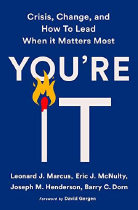
Meta-leaders are distinguished by their passion and commitment. They motivate and engage others. And other people follow them because they search for meaning. As McNulty points out, “There is something extraordinarily fulfilling in following people who effectively and creatively shape solutions and who, at the same time, really care about those around them.” Help everyone on your team practice meta-leadership by employing three dimensions:
1. The Person — Recognize that you are a leader and must rise to the occasion. You need to balance the self-discipline of managing your own emotions while helping to manage the emotions of others. Build your capacity to confront fear and lead others out of the “emotional basement” to higher levels of thinking and functioning.
2. The Situation — Identify an objective reality of what is happening “out there” and how others are facing uncertain circumstances, demands and dilemmas. Recognize who the stakeholders are, what is likely to happen next, and what options are available now.
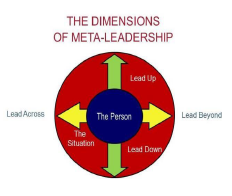
3. Connectivity — Work together to identify a process for making decisions, collaborating, and acting cohesively as an organization. Maintain connectivity and Lead Down to direct and supervise those that report to you so they can be successful in their roles. Lead Up and know when to escalate matters to who you report to—your boss, the President or the Board Chair. Lead Across to departments who are responsible for key functions. And Lead Beyond the four walls of your organization to reach members, people, institutions and stakeholders that are important to your initiatives.
This is an unprecedented time for all of us. Success will ultimately emerge from leaders across all our communities as they rise to the opportunity to lead. This is your defining moment. “You’re It.”
Cathi Hight helps organizations manage constant change, develop customer-centricity and “work smarter, not harder”. She is an organizational development consultant and President of Hight Performance Group as well as the developer of The Member Retention Kit, A New Approach to Tiered Membership, and the Work Smarter, Not Harder program. Learn more at hightperformance.com.

